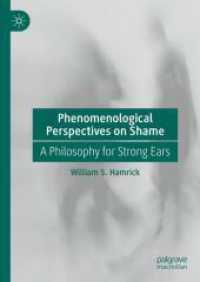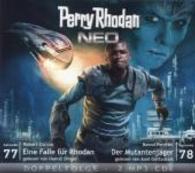Full Description
Vector Autoregressive (VAR) models have become one of the dominant tools for the empirical analysis of macroeconomic time series. Sometimes the flexibility of VAR models leads to overparameterized models, making accurate estimates of impulse responses and forecasts difficult. This book introduces a variety of data-based model reduction methods and provides a detailed investigation of different reduction strategies in the context of popular VAR modelling classes, including stationary, cointegrated and structural VAR models. VAR practitioners benefit from guidelines being developed for using model reduction in applied work. The use of different reduction techniques is illustrated by means of empirical models for US monetary policy shocks and a structural vector error correction model of the German labor market.








